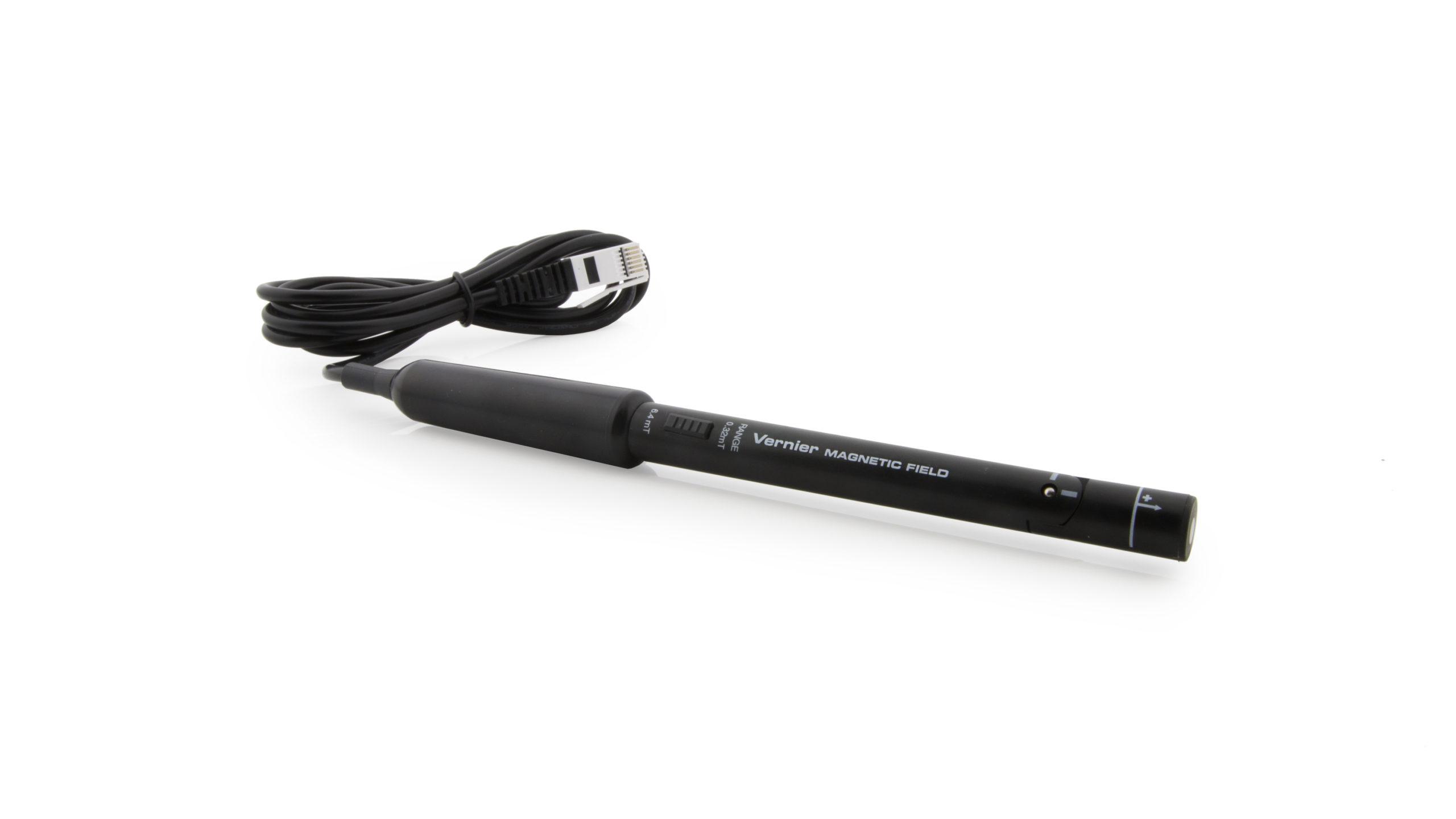Introduction
A magnet is an object that can attract certain metals such as iron, nickel, or cobalt. The two ends of a magnet, called the North Pole and the South Pole, exert the strongest force. When the North Pole of one magnet is brought near the South Pole of another magnet, the two magnets are attracted to each other. However, when two like poles are brought near each other (i.e., North and North or South and South), they repel each other. The forces of attraction and repulsion are present because of a magnetic field that surrounds each magnet. You can “see” this invisible field by putting a magnet on a piece of paper and sprinkling iron filings on the paper. The iron filings will arrange themselves in the field and will be thickest where the field is strongest. We generally think of magnetic field lines as extending away from the North Pole and then curving back into the South Pole. The magnetic field is strongest near the poles because the field lines are more concentrated in those areas.
Objectives
In this project, your challenge is to design and build a robot that will indicate whenever it drives past a magnet. Your robot should be able to drive in a straight line at least 1 meter long to detect magnets lined up in a row. While moving, it should continuously take sensor readings to determine if a magnet is present. Once the robot has determined that a magnet is within range, it should provide feedback to the operator.
Sensors and Equipment
This experiment features the following sensors and equipment. Additional equipment may be required.
Ready to Experiment?
Ask an Expert
Get answers to your questions about how to teach this experiment with our support team.
- Call toll-free: 888-837-6437
- Chat with Us
- Email support@vernier.com

